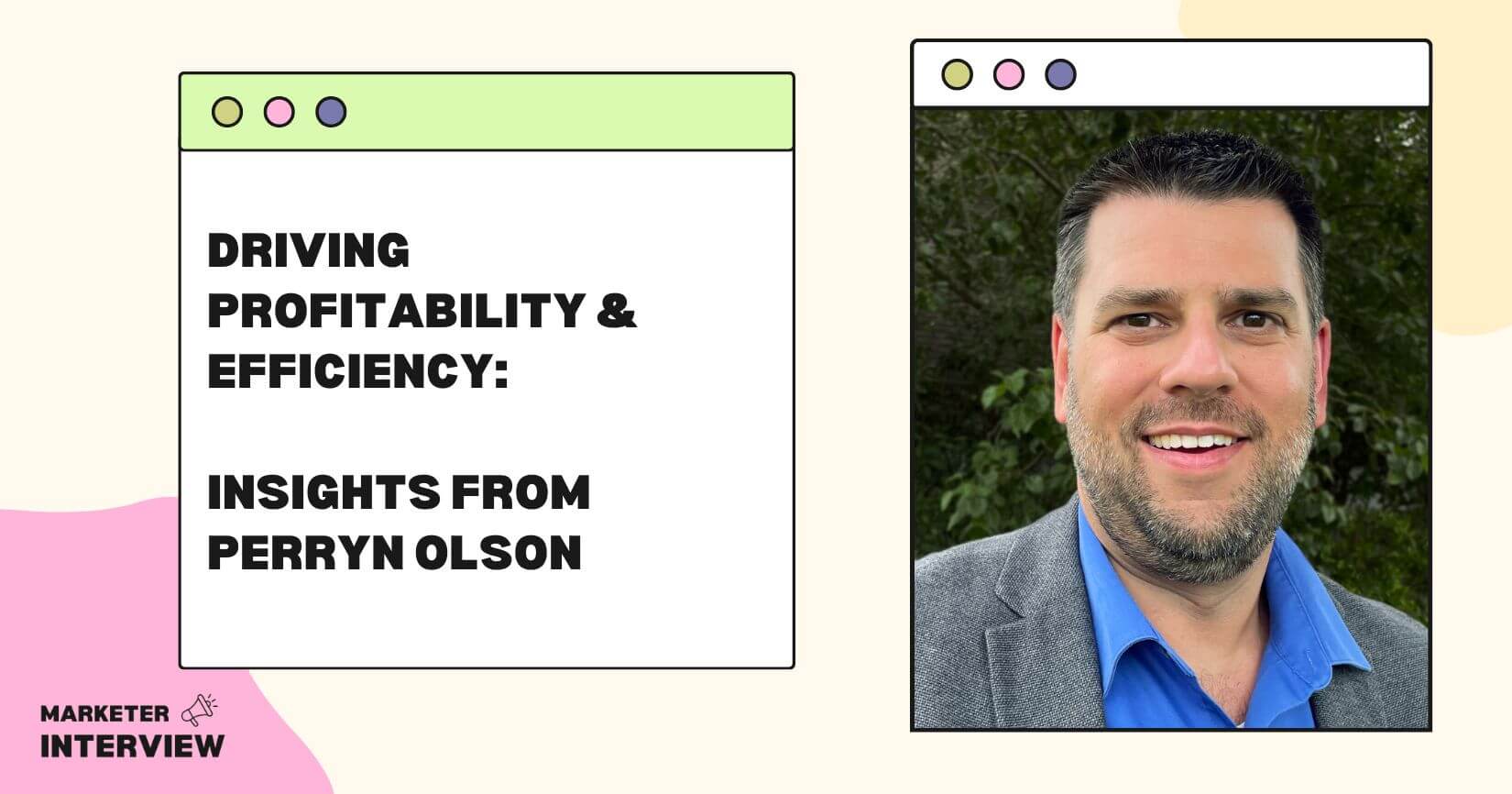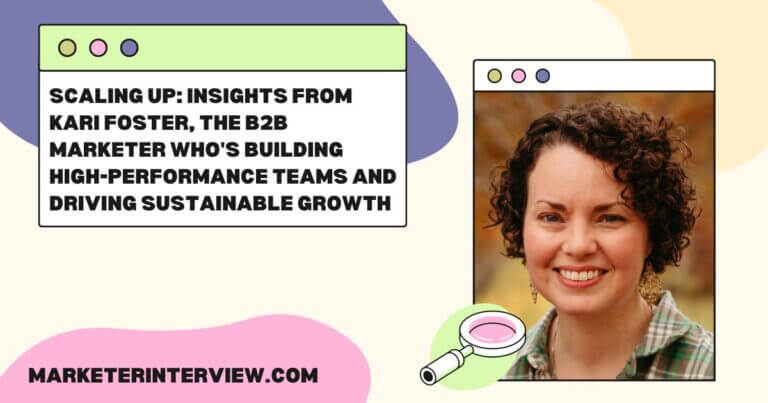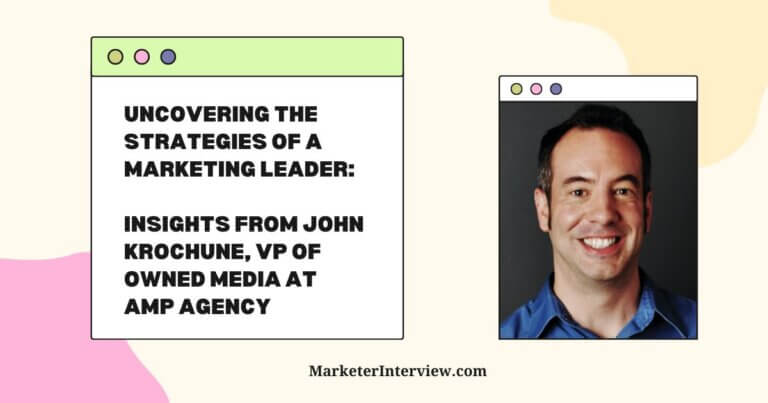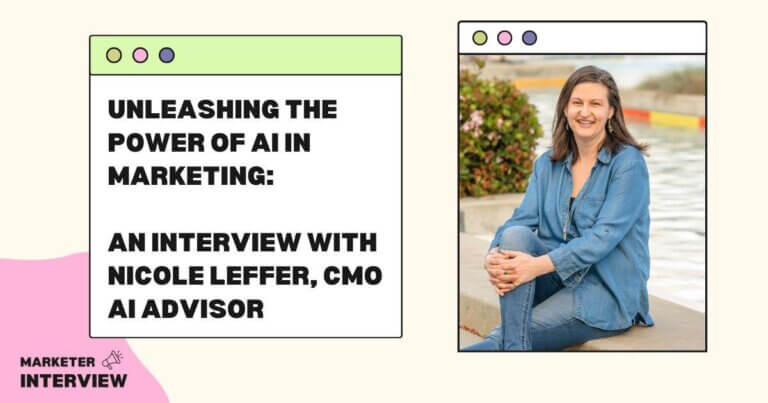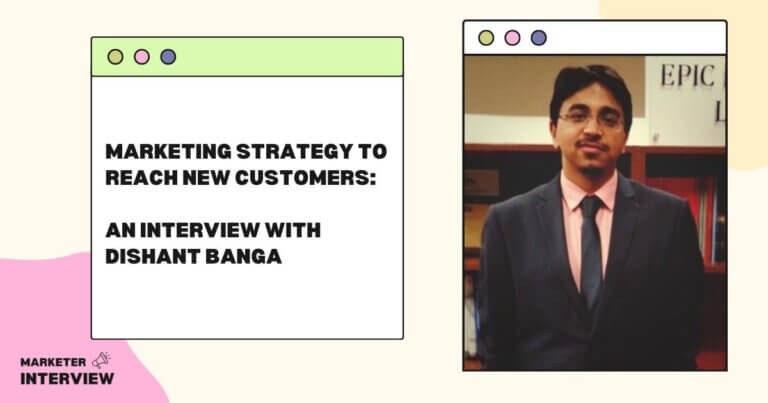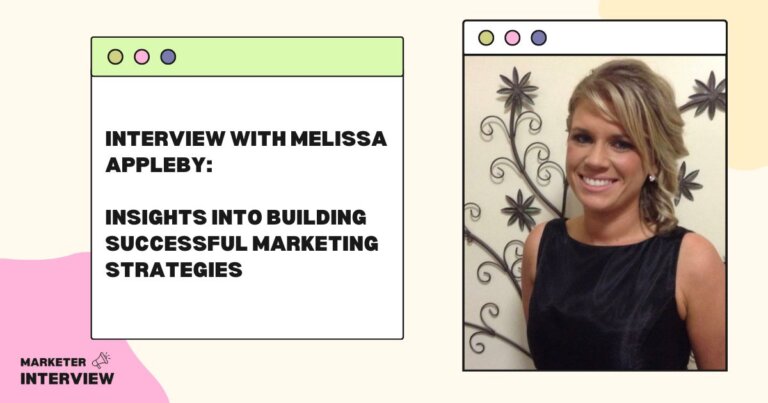Driving Profitability & Efficiency: Insights from Perryn Olson
Today, we are pleased to speak with Perryn Olson, the Chief Marketing Officer at REX.one, the parent brand of REX Engineering Group, REX Construction Services, and REX Technology Solutions.
Perryn has extensive experience in marketing strategy, business technology, and leading remote teams. He is a certified marketer with SMPS and the Construction Marketing Association and a past president of SMPS Southeast Louisiana.
Perryn is the author of the Construction Executives Guide to Brand Marketing and has ghostwritten the CFO’s Guide to Cybersecurity, among other notable achievements.
In this interview, we’ll discuss his journey into marketing, his brand strategy and leadership expertise, his experience in transitioning roles, and his insights on leading a dispersed/remote team in B2B marketing.
Contents
- 1 What led you to pursue a career in marketing, and how did you get your start in the industry?
- 2 Can you tell us about your experience leading marketing teams in the construction and technology industries? How do you approach marketing strategy for these sectors?
- 3 As someone who has transitioned roles throughout their career, can you speak to the importance of adaptability and flexibility in marketing?
- 4 What are the most critical elements of a successful brand strategy, and how do you measure its effectiveness?
- 5 Can you walk us through a time when you had to make a difficult leadership decision and how you navigated it?
- 6 What are some common challenges you’ve faced when leading a remote team, and how have you overcome them?
- 7 Can you describe your experience consulting with A/E/C and tech firms on brand and content marketing strategies?
- 8 How do you stay up-to-date on marketing trends and technology advancements?
- 9 What essential software or tools do you use in your day-to-day work as a CMO?
- 10 What are the most prominent trends or shifts in B2B marketing?
What led you to pursue a career in marketing, and how did you get your start in the industry?
I started my career as a graphic designer.
I worked at a small design firm and got into business development early on, leading to project management and strategy.
About 5 years in, I enjoyed the client interactions of business development and marketing. I was already hitting my ceiling on my design capabilities, so I consciously started transitioning.
I learned most of my marketing knowledge hands-on and at conferences. I also completed the grueling certification for the Society of Marketing Professional Services (SMPS) to give me more of the “textbook” education I needed. I deepened my knowledge, specifically in construction marketing.
Can you tell us about your experience leading marketing teams in the construction and technology industries? How do you approach marketing strategy for these sectors?
I started on the agency side, then was a one-person marketing department. Now, I lead a small team that manages all things marketing across all our six brands, including an engineering firm, a construction company, a technology firm, hardware (robotics), and software. We treat our business units like clients and operate like a small agency.
Regardless of the industry, I approach strategy by looking at the core – why the company was founded, what makes it unique, what value it offers, and who the ideal clients are. All the best marketing tactics crumble if the core brand is misaligned with the offering and audience.
As someone who has transitioned roles throughout their career, can you speak to the importance of adaptability and flexibility in marketing?
I recommend starting your career wide, learning a lot of different aspects of your industry, and seeing what you enjoy doing and what you’re good at.
The transition from design to marketing was obvious, and I must stay current with marketing and business development as technology and buyers evolve.
Most marketers don’t need to be and can’t be bleeding edge with technology and marketing tactics, yet we can’t stop looking to the future and consistently improving our skills and tactics.
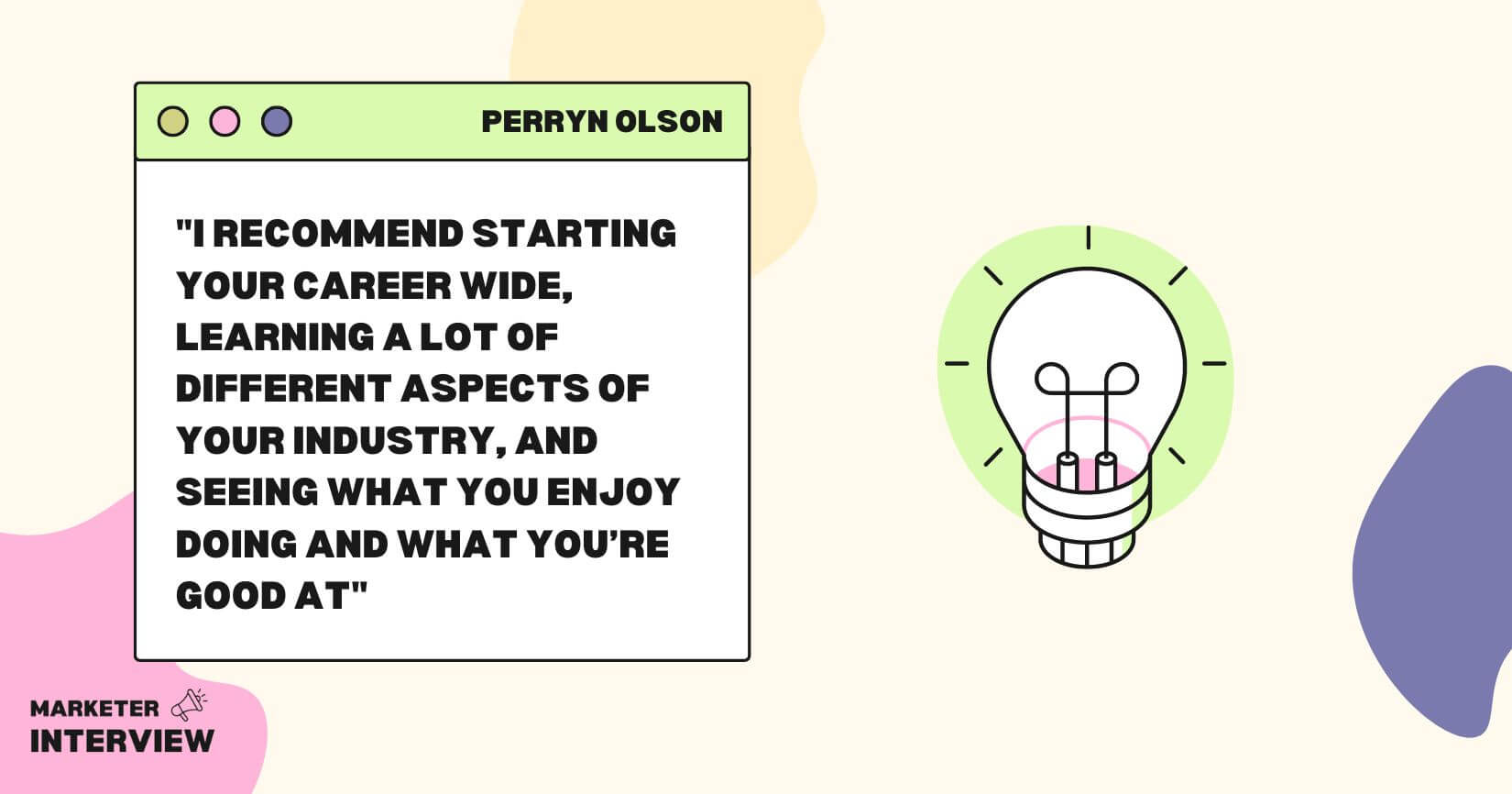
What are the most critical elements of a successful brand strategy, and how do you measure its effectiveness?
Brand strategy requires being honest with yourself as the brand steward and the company’s executives/ownership.
Brands should represent the culture and attitude of the company. Brands can be aspirational but shouldn’t be disingenuous with their buyers or themselves.
The hardest decisions are layoffs.
It’s one thing when you let someone go that isn’t fit and you know they’re not happy, but it’s heart-wrenching to cut someone that does good work, and you enjoy working with.
What are some common challenges you’ve faced when leading a remote team, and how have you overcome them?
Having a dispersed, remote team, you miss the “water cooler talk.”
We start many virtual meetings like you would an in-person meeting, with small talk, and encourage team members to share personal stories instead of immediately jumping into the task.
Even a simple message to a team member to check in mid-week goes a long way to building that relationship with remote team members.
Can you describe your experience consulting with A/E/C and tech firms on brand and content marketing strategies?
As a consultant, I’ve worked with companies big and small. In that role, I can provide a fresh perspective and share knowledge from working with other companies inside and outside their industry.
Most companies do not invest enough in marketing, and often A/E/C firms expect junior-level marketers to do everything.
Today, marketing is tasked with everything from the logo, website, social media, signage, proposals, tradeshows and events, promotional items, culture, recruiting, retention, and more. However, budgets have yet to keep pace with this expanded role and importance.
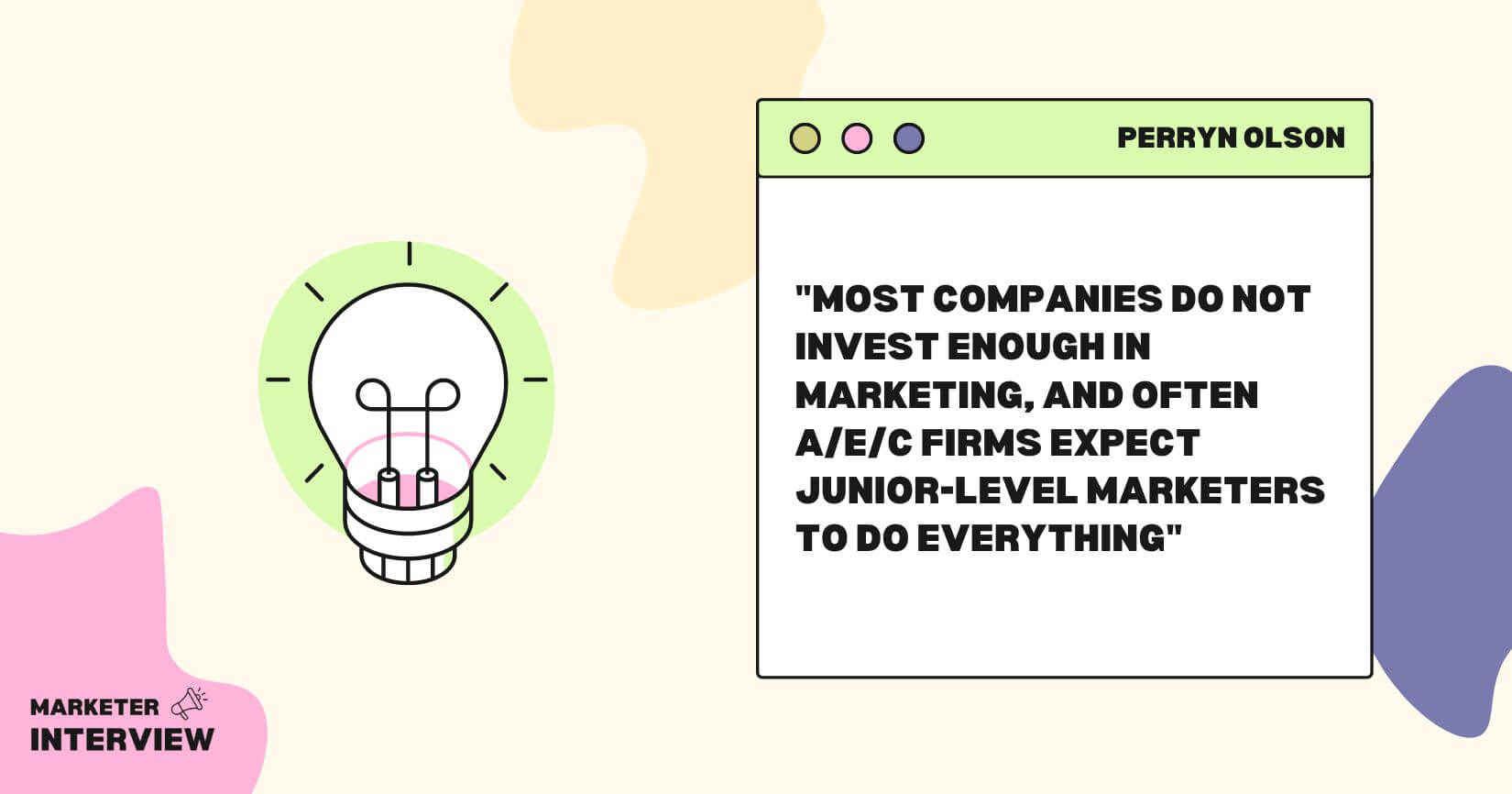
How do you stay up-to-date on marketing trends and technology advancements?
I read a lot. Not as many books as I’d like to, but I read posts on LinkedIn and email newsletters, and my team does a good job sharing exciting articles we find on our Teams channel.
I also watch webinars when the topic is relevant and attend 1-2 in-person conferences a year.
What essential software or tools do you use in your day-to-day work as a CMO?
Oddly, the more I advance in my career, the more I feel I work in Microsoft Office.
Marketing-wise, our CRM is vital. We stay organized with Monday.com and use Seamless.ai.
What are the most prominent trends or shifts in B2B marketing?
AI will flood the market with even more generic, useless content. However, it will also allow marketers to create more personalized outreach and customized buyer journeys at scale. We must remember to be buyer-centric instead of focusing on short-term revenue.
